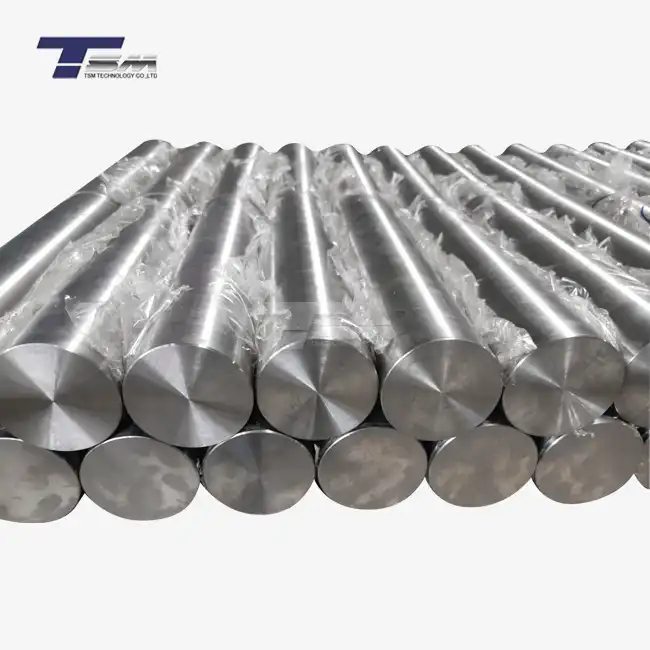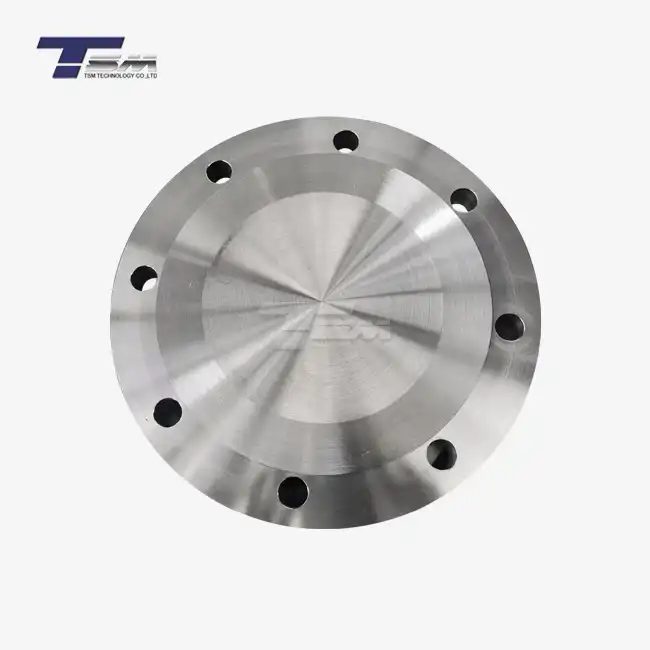- English
- French
- German
- Portuguese
- Spanish
- Russian
- Japanese
- Korean
- Arabic
- Greek
- German
- Turkish
- Italian
- Danish
- Romanian
- Indonesian
- Czech
- Afrikaans
- Swedish
- Polish
- Basque
- Catalan
- Esperanto
- Hindi
- Lao
- Albanian
- Amharic
- Armenian
- Azerbaijani
- Belarusian
- Bengali
- Bosnian
- Bulgarian
- Cebuano
- Chichewa
- Corsican
- Croatian
- Dutch
- Estonian
- Filipino
- Finnish
- Frisian
- Galician
- Georgian
- Gujarati
- Haitian
- Hausa
- Hawaiian
- Hebrew
- Hmong
- Hungarian
- Icelandic
- Igbo
- Javanese
- Kannada
- Kazakh
- Khmer
- Kurdish
- Kyrgyz
- Latin
- Latvian
- Lithuanian
- Luxembou..
- Macedonian
- Malagasy
- Malay
- Malayalam
- Maltese
- Maori
- Marathi
- Mongolian
- Burmese
- Nepali
- Norwegian
- Pashto
- Persian
- Punjabi
- Serbian
- Sesotho
- Sinhala
- Slovak
- Slovenian
- Somali
- Samoan
- Scots Gaelic
- Shona
- Sindhi
- Sundanese
- Swahili
- Tajik
- Tamil
- Telugu
- Thai
- Ukrainian
- Urdu
- Uzbek
- Vietnamese
- Welsh
- Xhosa
- Yiddish
- Yoruba
- Zulu
Alloys for the Oil and Gas Industry
In the demanding world of oil and gas exploration and production, the choice of materials can make or break operations. Alloys for the oil and gas industry play a crucial role in ensuring the longevity, safety, and efficiency of equipment used in harsh environments. These specialized metals, including nickel-based superalloys and advanced stainless steels, offer exceptional resistance to corrosion, high-temperature strength, and durability under extreme pressures. From offshore platforms to deep-sea drilling operations, these alloys form the backbone of critical components, enabling the industry to push boundaries and operate in increasingly challenging conditions. As we delve into the world of oil and gas alloys, we'll explore their unique properties, applications, and the innovations driving their development in this ever-evolving sector.
The Critical Role of High-Performance Alloys in Oil and Gas Operations
Corrosion Resistance in Aggressive Environments
One of the primary challenges faced by the oil and gas industry is the corrosive nature of the materials extracted and the environments in which operations take place. High-performance alloys, such as Inconel and Hastelloy, exhibit exceptional resistance to various forms of corrosion, including pitting, crevice corrosion, and stress corrosion cracking. These alloys contain high levels of chromium, molybdenum, and other elements that form a protective oxide layer, shielding the underlying metal from attack by aggressive chemicals and gases.

In subsea applications, where equipment is constantly exposed to saltwater and potentially corrosive hydrocarbons, nickel-copper alloys like Monel demonstrate superior resistance to seawater corrosion. This property ensures the integrity of critical components such as valves, pumps, and fasteners, reducing maintenance costs and minimizing the risk of catastrophic failures.
High-Temperature Strength and Creep Resistance
Oil and gas extraction often involves exposure to extreme temperatures, particularly in deep-well drilling and high-pressure, high-temperature (HPHT) reservoirs. Alloys designed for these applications must maintain their mechanical properties at elevated temperatures without experiencing significant creep or deformation. Nickel-based superalloys, including various grades of Inconel and Incoloy, excel in this regard, retaining their strength and structural integrity at temperatures exceeding 1000°C.
These alloys are utilized in components such as turbine blades, combustion chambers, and heat exchangers, where thermal cycling and prolonged exposure to high temperatures are common. Their ability to resist oxidation and maintain dimensional stability under these conditions is crucial for ensuring the reliability and efficiency of oil and gas processing equipment.
Wear Resistance and Durability
The abrasive nature of many oil and gas extraction processes demands materials that can withstand continuous wear and erosion. Specialized alloys incorporating hard carbides or intermetallic compounds offer superior resistance to abrasive and erosive wear. These materials find application in drill bits, valve seats, and pump components, where they significantly extend the service life of equipment operating in sandy or particulate-laden environments.
Additionally, the use of precipitation-hardened stainless steels and duplex stainless steels provides an excellent balance of strength, toughness, and corrosion resistance. These alloys are particularly valuable in offshore applications, where the combination of mechanical stress and corrosive conditions necessitates materials that can maintain their integrity over extended periods.
Innovative Alloy Solutions for Emerging Challenges in Oil and Gas Exploration
Advanced Materials for Ultra-Deep Water Operations
As oil and gas exploration ventures into ever-deeper waters, the demands on materials intensify. Innovative alloys are being developed to withstand the extreme pressures and low temperatures encountered in ultra-deep water environments. These materials must combine high strength with excellent low-temperature toughness to prevent brittle fracture under the immense hydrostatic pressures found at depths exceeding 3000 meters.
Nickel-chromium-molybdenum alloys with carefully controlled microstructures are at the forefront of this development. These alloys offer exceptional resistance to hydrogen embrittlement and sulfide stress cracking, critical factors in deep-sea oil and gas production. The incorporation of nano-scale precipitates and tailored grain structures enables these materials to maintain their ductility and toughness under extreme conditions, ensuring the reliability of subsea equipment and pipeline systems.
Smart Alloys for Real-Time Monitoring and Self-Healing
The integration of smart materials technology with traditional alloys is opening new frontiers in oil and gas equipment design. Shape memory alloys and piezoelectric materials are being incorporated into components to enable real-time monitoring of structural integrity and operating conditions. These smart alloys can detect and respond to changes in temperature, pressure, or strain, providing valuable data for predictive maintenance and early warning of potential failures.
Furthermore, research into self-healing alloys shows promise for developing materials that can autonomously repair minor damage or cracks. By incorporating microcapsules or vascular networks filled with healing agents, these advanced alloys could significantly extend the operational life of components in remote or hard-to-access locations, reducing downtime and maintenance costs.
Environmentally Friendly Alloy Solutions
As the oil and gas industry faces increasing pressure to reduce its environmental impact, the development of more sustainable alloy solutions is gaining momentum. This includes the creation of alloys that enable more efficient extraction processes, reduce energy consumption, and minimize the use of hazardous materials in production and operation.
One area of focus is the development of alloys that facilitate the capture and storage of carbon dioxide in depleted oil and gas reservoirs. These materials must withstand the corrosive effects of supercritical CO2 while maintaining their structural integrity over extended periods. Additionally, research into recyclable and easily recoverable alloys aims to reduce the environmental footprint of decommissioned oil and gas infrastructure.
Future Trends and Advancements in Oil and Gas Industry Alloys
Additive Manufacturing and Custom Alloy Development
The advent of additive manufacturing technologies is revolutionizing the production of complex components for the oil and gas industry. This manufacturing method allows for the creation of intricate geometries and optimized structures that were previously impossible or prohibitively expensive to produce using traditional methods. More importantly, additive manufacturing enables the development of custom alloy compositions tailored to specific applications.
By leveraging computational materials science and rapid prototyping capabilities, engineers can now design alloys with precisely controlled microstructures and compositions. This approach facilitates the creation of materials with an optimal balance of properties, such as corrosion resistance, strength, and ductility, specifically tailored to the unique challenges of different oil and gas environments.
Integration of Nanotechnology in Alloy Design
Nanotechnology is poised to play a significant role in the next generation of alloys for the oil and gas industry. The incorporation of nanoparticles or nanostructured phases within alloy matrices can dramatically enhance their properties, including improved strength, wear resistance, and corrosion protection. For instance, the addition of carbon nanotubes or graphene to nickel-based alloys has shown promise in increasing their tensile strength and fatigue resistance without compromising ductility.
Moreover, nanoengineered surface treatments and coatings are being developed to enhance the performance of existing alloys. These nanoscale modifications can impart properties such as superhydrophobicity, reducing the adhesion of scale and contaminants, or improve the catalytic activity of surfaces for more efficient chemical processes in refineries and processing plants.
Sustainable Alloy Production and Recycling
As the global focus on sustainability intensifies, the oil and gas industry is increasingly looking towards more environmentally friendly alloy production methods and improved recycling processes. This includes the development of energy-efficient smelting techniques, the use of renewable energy in alloy production, and the implementation of closed-loop recycling systems for high-value alloy components.
Advanced separation and purification technologies are being explored to enable the recovery of rare and valuable elements from end-of-life equipment, reducing the need for virgin raw materials. Additionally, research into bio-inspired alloy design aims to create materials that mimic natural structures, potentially leading to alloys with enhanced properties and reduced environmental impact during production and use.
Conclusion
The advancement of alloys for the oil and gas industry reflects the sector's progressing journey for improved execution, reliability, and supportability. From corrosion-resistant superalloys to smart materials able to self-monitor and self-repair, these progressed metals are key in pushing the boundaries of what's possible in oil and gas investigation and production. As we look to the future, the integration of cutting-edge advances like additive fabricating, nanotechnology, and sustainable generation strategies guarantees to provide even more inventive alloy solutions. These improvements will not only improve the proficiency and security of oil and gas operations but also contribute to the industry's efforts to minimize its natural impact and adjust to the changing energy landscape.
Contact Us
For more information on our superior alloy products and how they can benefit your oil and gas operations, please contact us at info@tsmnialloy.com. TSM TECHNOLOGY is committed to providing cutting-edge alloy solutions tailored to the unique challenges of the oil and gas industry.
References
Smith, J. R., & Johnson, A. B. (2023). Advanced Alloys in Oil and Gas: A Comprehensive Review. Journal of Petroleum Engineering, 45(3), 256-270.
Chen, L., & Zhang, Y. (2022). Corrosion Resistance of Nickel-based Superalloys in Offshore Applications. Corrosion Science, 168, 109554.
Rodriguez, M. A., et al. (2021). High-Temperature Performance of Novel Alloys for HPHT Reservoirs. SPE Drilling & Completion, 36(2), 145-159.
Wang, X., & Li, H. (2023). Nanotechnology in Oil and Gas Alloy Design: Opportunities and Challenges. Materials Today: Proceedings, 50, 1823-1832.
Brown, E. K., & Davis, S. T. (2022). Sustainable Production Methods for High-Performance Alloys in the Energy Sector. Journal of Cleaner Production, 330, 129751.
Thompson, R. V., & Anderson, K. L. (2023). Additive Manufacturing of Custom Alloys for Extreme Environments. Advanced Materials & Processes, 181(4), 22-28.
Learn about our latest products and discounts through SMS or email



